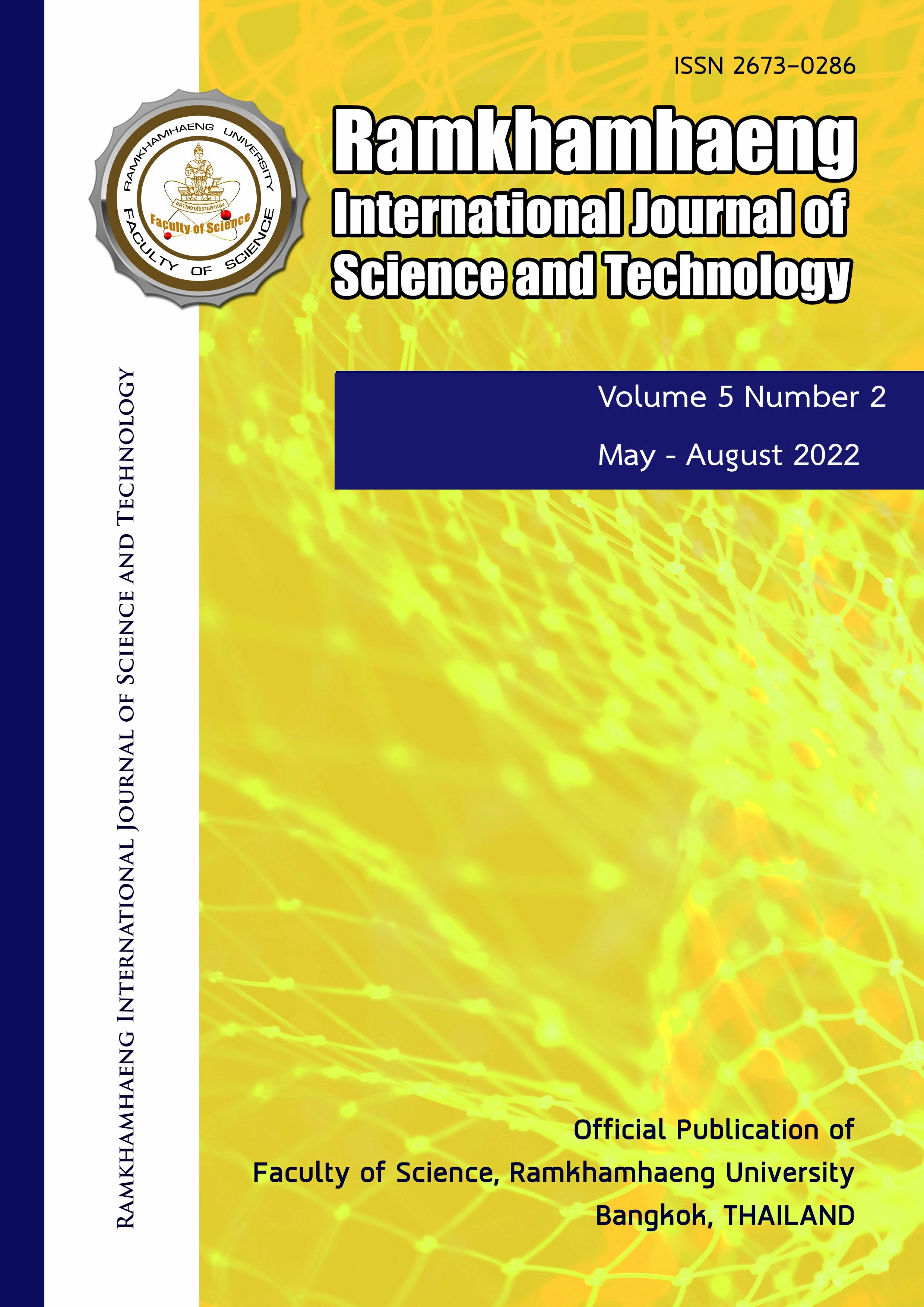Post-treatment of upflow multi-layer granular media beds column in septic tank system
Keywords:
Septic tank, upflow multi-layer granular media beds, post treatmentAbstract
Septic tanks are used to collect black water as an on-site treatment system. However, effluent of septic tank is still high concentration of pollutants. There are several post treatment processes to remove those pollutants such as media filtration, membrane filtration and electrochemical process. Therefore, upflow muti-layer granular media beds were applied as post treatment of septic tank effluent. The muti-layer granular media beds comprise of alum sludge and granular activated carbon (GAC). Alum sludge media contained high concentrations of iron and aluminum could provide oxidative damage to the pathogens. GAC bed could remove organic compound and adsorb nutrients. Development for kinetic model of muti-media layers was found that the k20 values for BOD removal efficiencies was 4.23 day-1 with the R2 value of more than 0.75. Nevertheless, the kinetic value with actual scale data should be validated.
References
Hatt JW, Germain E, and Judd SJ (2013) Granular activated carbon for removal of organic matter and turbidity from secondary wastewater. Wat Sci Tech 67(4):846-853
Koottatep T, Surinkul N, Polprasert C, Kamal ASM, Koné D, Montangero A, Heinss U, and Strauss M (2005) Treatment of septage in constructed wetland in tropical climate: lessons learnt from seven years of operation. Wat Sci Tech 51(9):119-126
Metcalf and Eddy (2003) Wastewater Engineering-Treatment and Reuse. 4th ed., Mc Graw Hill, Singapore
Tamarit J, Cabiscol E, and Ros J (1998) Identification of the Major Oxidatively Damaged Proteins in Escherichia coli Cells Exposed to Oxidative Stress. J Biol Chem 273:3027-3032 [doi: 10.1074/jbc.273.5.3027]
Touati D (2000) Iron and oxidative stress in bacteria. Arch Biochem Biophys 373(1):1-6
Downloads
Published
Issue
Section
License
Copyright (c) 2022 Ramkhamhaeng International Journal of Science and Technology

This work is licensed under a Creative Commons Attribution-NonCommercial-NoDerivatives 4.0 International License.
Copyright Notice: a copyright on any article in the published journal is retained by the Ramkhamhaeng International Journal of Science and Technology. Readers or Users grant the right to use of the Article contained in the Content in accordance with the Creative Commons CC BY-NC-ND license and the Data contained in the Content in accordance with the Creative Commons CC BY-NC-ND.


